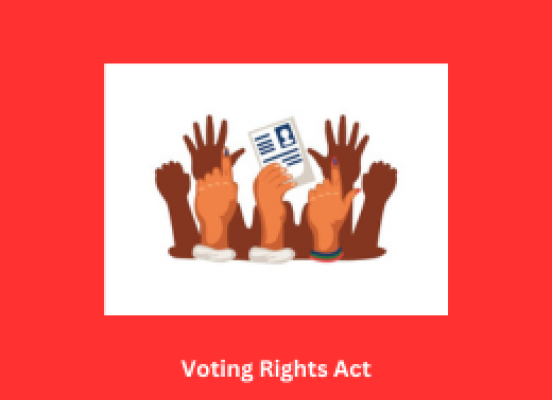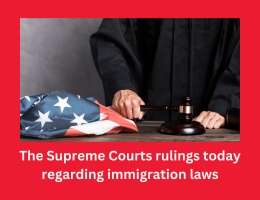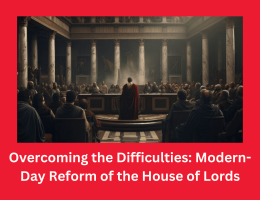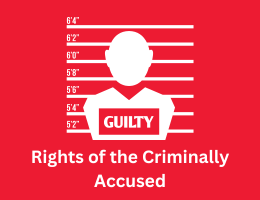
Voting Rights Act
- By admin --
- Tuesday, 21 May, 2024
In an attempt to remove state and municipal legal restrictions that African Americans faced while exercising their right to vote as guaranteed by the US Constitution, the United States adopted the Voting Rights Act on August 6, 1965. The Voting Rights Act (VRA), often regarded as one of the most comprehensive civil rights laws in American history, greatly expanded the ability to vote. Up to the beginning of the twenty-first century, it offered extensive protection for minority voters' rights. However, the U.S. The law was heavily eroded through two key rulings by the Supreme Court: Shelby County v. Holder in 2013 and Brnovich v. Democratic National Committee in 2021.
The Fifteenth Amendment, which guaranteed that the right to vote would not be denied "on account of race, color, or previous condition of servitude," was passed shortly after the American Civil War (1861–1865). Soon after, the United States Congress passed laws protecting the rights guaranteed to former slaves by the Fourteenth (1868) and Fifteenth (1868) amendments, among other things. These laws made it illegal for anybody to tamper with a person's ability to vote. African Americans became the majority or almost majority of eligible voters in several states that were once part of the Confederacy, and African Americans ran for and were elected to positions of authority at all levels of government.
Passage of the Voting Rights Act
In the 1950s and early 1960s the U.S. Congress enacted laws to protect the right of African Americans to vote, but such legislation was only partially successful. In 1964 the Civil Rights Act was passed and the Twenty-fourth Amendment, abolishing poll taxes for voting for federal offices, was ratified, and the following year Pres. Lyndon B. Johnson called for the implementation of comprehensive federal legislation to protect voting rights. The resulting act, the Voting Rights Act, suspended literacy tests, provided for federal approval of proposed changes to voting laws or procedures (“preclearance”) in jurisdictions that had previously used tests to determine voter eligibility (these areas were covered under Sections 4 and 5 of the legislation), and directed the attorney general of the United States to challenge the use of poll taxes for state and local elections. An expansion of the law in the 1970s also protected voting rights for non-English-speaking U.S. citizens. Sections 4 and 5 were extended for 5 years in 1970, 7 years in 1975, and 25 years in both 1982 and 2006.
Legal challenges
The difference in voter registration between Black and White individuals has significantly decreased as a result of the VRA. Racial differences in voter registration had almost vanished by the late 1980s. For instance, the general percentage of White to Black registration in the South varied from around 2 to 1 to 3 to 1 (and approximately 10 to 1 in Mississippi) in the mid-1960s. African American political politicians rose in number along with the number of African American voters. nearly 70 African Americans held political office in the South in the middle of the 1960s; by the start of the twenty-first century, that number had expanded to nearly 5,000, and the number of African Americans in the U.S. Congress had risen from six to roughly forty.
The Supreme Court declined to decide on the validity of the VRA in Northwest Austin Municipal Utility District Number One v. Holder, et al. (2009), a case that was generally considered to be a test case.
The Shelby County v. Holder (2013) case resulted in the invalidation of Section 4 of the legislation. This section had created a formula for selecting counties that needed to acquire preclearance, but the court declared it unreasonable due to altered historical circumstances. Following that ruling, voting restrictions that had been (or would have been) banned by the federal government were imposed in a number of states that had previously been subject to the preclearance requirement. Numerous additional states also adopted similar voter-suppression measures in the years that followed. After the 2020 federal elections gave Democrats control of the White House and both chambers of Congress, a number of states under Republican control enacted new voting restrictions that would further impede the ability of racial minorities and other Democratic-leaning groups to vote.





